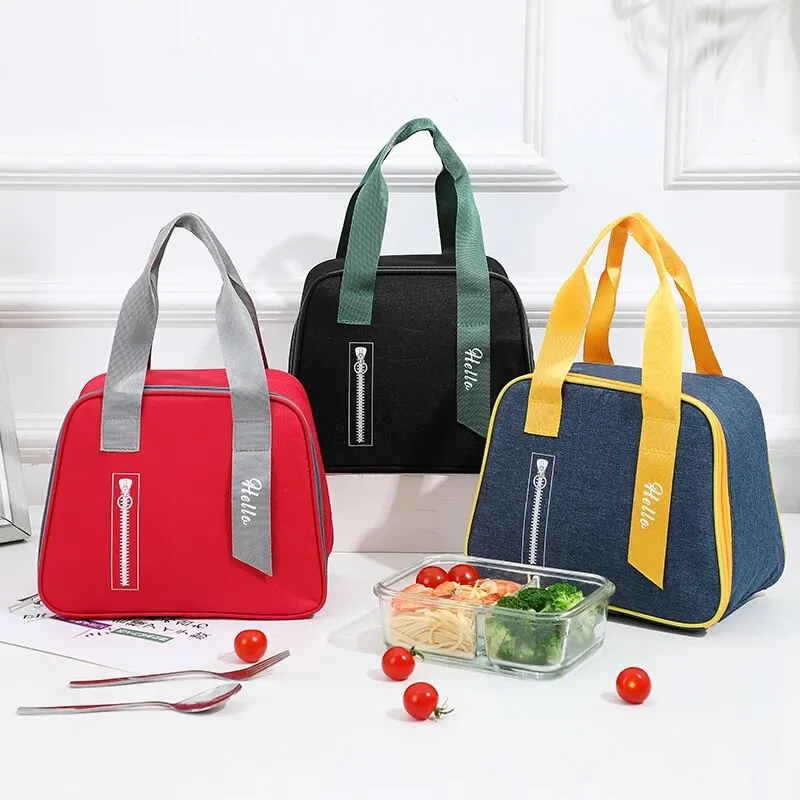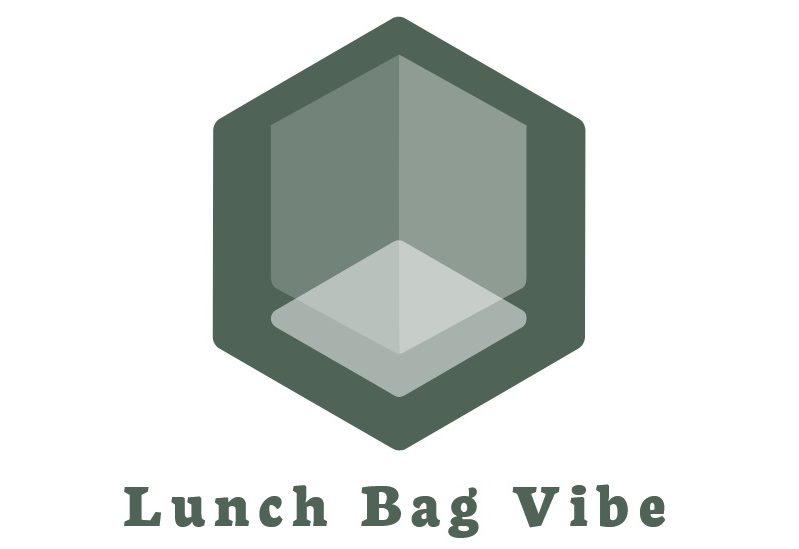
Introduction
These are essential for transporting meals to work, school, or outings, providing both convenience and practicality. Whether you’re packing a simple sandwich or a full meal, these items can make a significant difference in keeping your food fresh, organized, and easy to carry. This guide covers various types, their benefits, and tips for choosing the best one for your needs.
The Appeal of Lunch Bags
- Convenience
- Easy Transport: These are designed to make carrying meals easy and efficient, often featuring handles or straps for comfortable carrying.
- Organization: This items come with compartments or pockets to keep food items organized and separate, preventing spills and messes.
- Temperature Control
- Insulation: Many lunch bags feature insulated linings to keep food hot or cold for extended periods, ensuring that meals stay fresh until you’re ready to eat.
- Cooling Packs: Some lunch bags come with or are compatible with cooling packs to further maintain the temperature of perishable items.
- Style and Personal Expression
- Variety of Designs: These are available in numerous designs, colors, and patterns, allowing you to choose one that fits your personal style.
- Trendy and Fun: From sleek and professional to fun and quirky, can be a reflection of your personality and preferences.
Types of Lunch Bags
- Insulated Lunch Bags
- Temperature Control: Designed with thermal insulation, these items keep hot foods warm and cold foods chilled.
- Ideal For: Daily commutes, school lunches, and anyone who needs to maintain food temperatures.
- Bento Lunch Bags
- Compartmentalized Design: Featuring multiple compartments or containers, these items help organize different food items and prevent mixing.
- Ideal For: Packed meals that require separation of different types of food, such as salads, fruits, and main dishes.
- Soft-Sided Lunch Bags
- Flexible and Lightweight: Made from soft materials, these are lightweight and can be easily folded or stored when not in use.
- Ideal For: Casual use, daily commuting, and easy storage.
- Hard-Sided Lunch Boxes
- Durable and Protective: Constructed from hard materials like plastic or metal, these items provide sturdy protection for your meals.
- Ideal For: Protecting food items during travel, and for those who need a more durable option.
- Reusable Sandwich Bags
- Eco-Friendly Option: Made from fabric or silicone, these are reusable and help reduce the need for single-use plastic bags.
- Ideal For: Packing sandwiches or snacks in an environmentally friendly manner.
- Cooler Lunch Bags
- Enhanced Insulation: Equipped with heavy-duty insulation and often featuring additional cooling compartments, these bags are designed to keep food at optimal temperatures for longer.
- Ideal For: Long trips, outdoor activities, and situations where extended cooling is required.
- Lunch Bags with Water Bottles
- Integrated Convenience: These items come with built-in water bottle holders or include a water bottle, offering a convenient all-in-one solution.
- Ideal For: Hydration on the go, ensuring you have both food and drink in one compact package.
- Kids’ Lunch Bags
- Fun and Functional: Designed with vibrant colors, characters, or patterns that appeal to children, these items often include features like easy-to-clean linings and adjustable straps.
- Ideal For: School lunches, picnics, and ensuring children have a fun and functional option.
Benefits of Lunch Bags
- Convenience and Portability
- Ease of Carrying: Lunch bags come with handles or adjustable straps, making it easy to carry meals from one place to another.
- Organized Packing: With various compartments and pockets, these items help keep food items neatly arranged and easily accessible.
- Temperature Maintenance
- Insulation: These items feature insulation that helps keep your food at the desired temperature until it’s time to eat.
- Cooling Packs: Some bags allow for the inclusion of cooling packs to maintain a consistent temperature.
- Durability and Protection
- Sturdy Construction: Hard-sided lunch boxes and durable materials provide protection against spills, bumps, and external damage.
- Easy Cleaning: These are designed with easy-to-clean materials or linings, simplifying maintenance.
- Eco-Friendly Options
- Reusable Designs: Reusable lunch and sandwich bags help reduce single-use plastics, contributing to a more sustainable lifestyle.
- Environmental Impact: Choosing eco-friendly materials and reducing waste supports environmental conservation efforts.
Tips for Choosing and Using Lunch Bags
- Consider the Size and Capacity
- Meal Size: Choose a lunch bag with sufficient space for your typical meal. Consider whether you need extra room for snacks or beverages.
- Portability: Ensure that this item is the right size for your needs and is comfortable to carry, whether you’re commuting, traveling, or going to school.
- Check for Insulation and Temperature Control
- Insulation Quality: Look for an item with good insulation if you need to keep food hot or cold.
- Cooling Packs: Consider whether the bag can accommodate cooling packs if you often pack perishable items.
- Evaluate Materials and Durability
- Material Choice: Choose materials that are durable and easy to clean. Consider whether you need a hard-sided or soft-sided bag based on your needs.
- Ease of Maintenance: These are machine washable or easy to wipe clean for hassle-free maintenance.
- Look for Special Features
- Compartments and Pockets: Consider this item with additional compartments or pockets for organizing utensils, condiments, or other items.
- Water Bottle Holders: If you often need to carry a water bottle, look for bags that include a built-in holder or come with a water bottle.
- Style and Design
- Personal Preference: Choose a design and color that reflects your personal style and preferences.
- Functionality and Aesthetics: Ensure the bag’s style doesn’t compromise its functionality and that it meets your practical needs.
- Eco-Friendly Considerations
- Sustainable Materials: Opt for lunch bags made from recycled or eco-friendly materials to minimize environmental impact.
- Reusable Options: Consider investing in reusable to reduce waste and support sustainability.
Conclusion
Theser are a practical and versatile accessory that enhances your daily routine, making it easier to transport and enjoy your meals. With various styles, materials, and features available, you can find a lunch bag that meets your needs, reflects your personal style, and supports your lifestyle. By considering factors such as insulation, durability, and convenience, you can select the perfect item to keep your meals fresh and organized.
